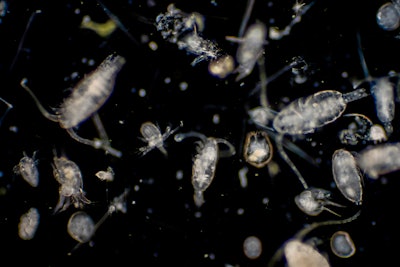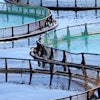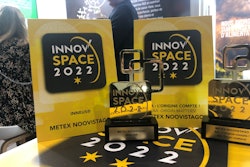
Promoting the use of zooplankton and other lower-trophic species in aquafeed may require more effort than simply creating new opportunities for fishers, according to a report from food research institute Nofima.
Between 2004 and 2013, fishers harvested mere hundreds of metric tons of Calanus finmarchicus, a species of zooplankton, from a designated fishers off the Norwegian coast, according to Nofima. Calanus harvest increased sharply between 2013-18 to as much as 1,300 tons, but activity in the fishery has remained inconsistent in the years since 2018. Fishers failed to land even a single catch of Calanus finmarchicus in 2020, a year when the total quota for the fishery sat at 254,0000 tons.
The Calanus fishery is believed to comprise a stock of more than 33 million tons, according to Nofima, and the creation of a dedicated fishery and management plan was intended to spur interest in the species. Indeed, Bent Dreyer, research director for Nofima, said there was initially strong interest among fishers in obtaining fishing licenses for the new fishery. But, in practice, the catch has been far lower than expected most years, likely as a result of poor profitability for the fishers, Dreyer said.
Calanus contain potentially valuable marine oils that could be used as ingredients in human health food products or in feed for aquaculture, Dreyer said. Thus the value of the catch would be greater in years when the Calanus contain a greater proportion of oil. However, the fishery suffers from a general lack of knowledge about the species; best practices for when and how to fish for it are not well established. Fishers also lack access to appropriate technology for catching and handling Calanus, so the cost of harvesting the zooplankton remains too high relative to what the market is willing to pay for it.
Meanwhile, the same fishers pursuing Calanus also have access to other more profitable fisheries, Dreyer said.
Outcomes in the Norwegian fishery present some challenges for parties who had hoped less-utilized marine species would provide the feed industry with a new source of raw materials, Dreyer said. To realize the species' market potential will likely require greater knowledge of the various species of interest, their migration patterns, and of more effective catching methods.
“The estimate given on the biomass volumes of these species make it interesting to develop knowledge that makes it possible to harvest the species efficiency,” Dreyer said. “Those who are most motivated to do this are probably the sea farming industry and the feed industry. As shortage of supply of raw material increases, the motivation to develop the necessary knowledge and technology ... will probably increase.”














